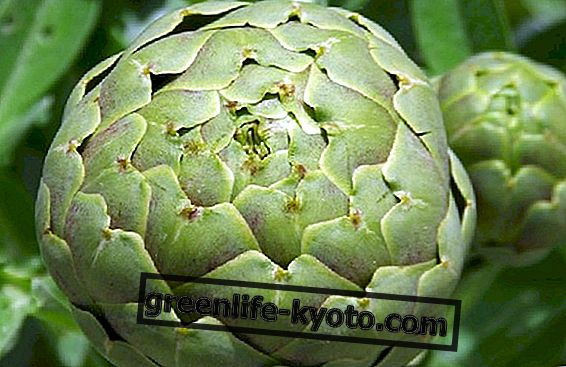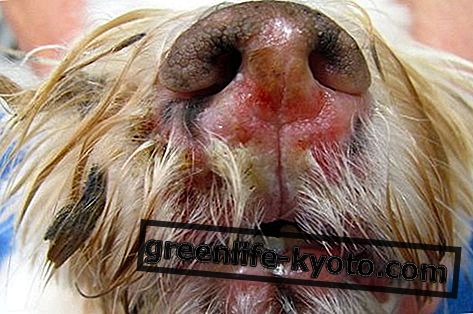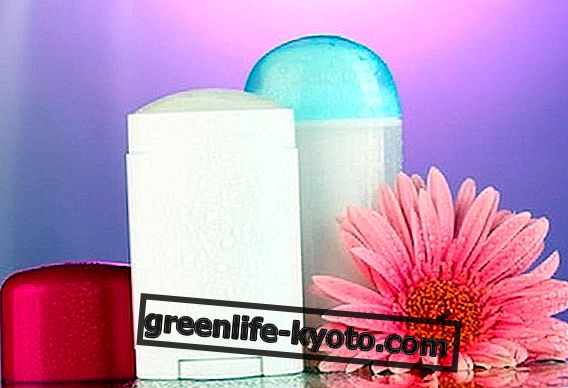
Lemon is a citrus fruit native to Asian lands between India and Indochina. Its botanical name is Citrus limon and experts believe it was born from the natural cross between cedar and lime .
This citrus fruit has a tree bearing that can grow up to 6 meters in height with many branches and bushy development. Its branches have thorns and have elliptical dark green leaves above and below.
It blooms in fragrant white flowers and many varieties are re-flowering which means that the flowers bloom several times a year. Usually a flowering is in spring to then produce the fruits in winter while the other flowering is in September and this will produce the verdelli which are the summer lemons.
The fruit of the lemon is precisely a citrus fruit with an outer yellow skin and an inner slice of sour and juicy meat.
Lemon requirements
Lemon needs sunny exposure and is grown in mild climates such as Mediterranean lands that have temperatures no lower than - 2 degrees.
The ideal soil for the lemon is rich in humus and has a pH of around 5.5 and 6.5.
The wind is another limiting factor therefore for the cultivation of the lemon : it is good to choose areas in the sun with little windiness or maybe protect the plants with other trees or shrubs that have the function of windbreaks.
To protect the lemon plant from the cold it is sufficient to cover it with non-woven fabric (TNT) or if the lemon plant is cultivated in pot we will have to move it to the end of autumn to shelter it inside a greenhouse. Winter temperatures that drop below zero are too harmful for the lemon tree.
How to cure the lemon plant from insects and diseases
The lemon plant - like all other fruit trees in the citrus group - can suffer from various diseases and disorders. The most common lemon problems are aphids, scale insects, bark gum and root redness .
Lemon aphids
Lemon plants are sometimes infested by aphids more popularly called lice . This happens especially in the spring when the sap starts to flow again and the plant is in a moment of creation of new buds and throws.
Allies of lice are the ants that practically raise and protect aphids from other insects that could eat them. In exchange for this, ants get a sugary product from aphids, transforming the sap sucked by aphids.
To cure the lemon plant from aphids it is necessary to control and first control the population of the ants and a very simple way is to tie a ring around the trunk of the lemon and on this strip put a sticky substance that avoids the ascent of the ants .
In case lice infestation is already present, we can intervene with the spraying of natural insecticides based on cinnamon, chilli, garlic or nettle macerated but also tobacco.
Even neem oil or a spray solution of marseille soap is excellent, which will help remove aphids from the lemon tree. All these natural remedies can be produced at home by following simple preparation recipes and with a minimum attention to the application methods and times we will surely have excellent results against aphids.
Cochineal and lemon
Cochineals are also a very common infestation in lemon plants and there are different types of cochineal, from red to white, but also the cotonello that covers the sugary honeydew plant, giving rise to the establishment and spread of disease from origin a mushroom.
Scale insects love the powder that can be present on lemon leaves, so a natural way to counter this problem is to clean the leaves of the plant to restore the dust. Furthermore, if there are dust or wind in the area that carries dirt and dust, it will be good to protect the lemon trees by placing windbreaks.
We could ask, therefore, what to plant next to the lemon as a windbreak plant : cypresses and cedars are recommended in the open field being excellent evergreen windbreaks but also laurel, privet and viburnum plants as classic hedges.
In case the cochineal infestation is already present, it is advisable to intervene by pruning the infested branches and sprinkling with pesticide based on natural products such as pyrethrum.
Another natural method is the use of white mineral oil which creates a thin film on the plant and therefore also on the insect itself that will no longer breathe and will free the plant from the infestation.
In biological batches the use of another insect is used, the Cryptolaemus montrouzieri that feeds on cochineal.
Gummy of lemon
The gummy on the bark of the lemon is a real disease that leads to the yellowing of the leaves and a deterioration of the plant itself because the photosynthetic phenomenon is compromised.
The natural product that can be used in the right dosages even in organic farming is copper based . Usually copper-based products are dissolved in water and sprayed on the plant. Furthermore, it is good to support the plant by adding appropriate and potassium-rich fertilizer to help the leaves in their vegetative growth.
Root rot
The root rot is another possible problem for the lemon plant and usually derives from a bad use of irrigation with abuse of the water resource or poor drainage of the cultivation soil.
In fact, lemon plants especially if grown in pots when repotted in spring must always have a thick layer of draining material on the bottom in order to avoid the risk of rotting of the collar or roots.













